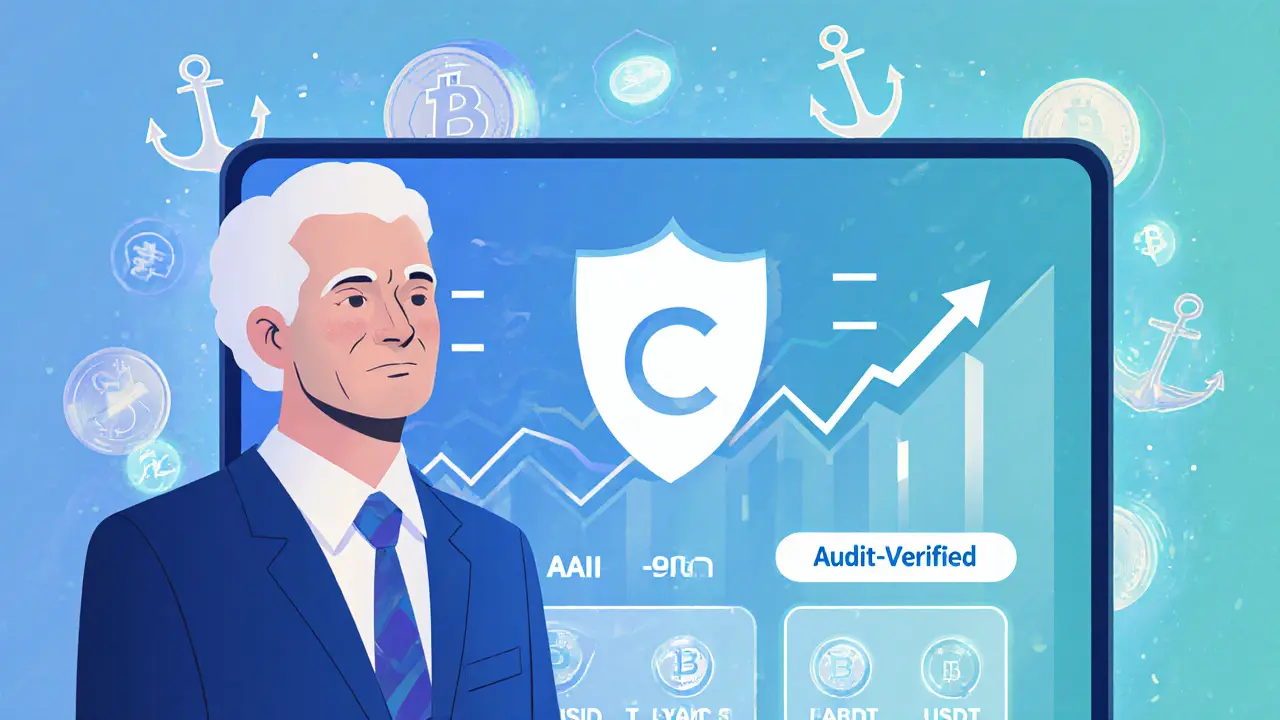DeFi platforms: What they are, how they work, and which ones actually matter
When you hear DeFi platforms, decentralized financial systems that run on blockchain without banks or middlemen. Also known as decentralized finance, they let you lend, borrow, trade, and earn interest—all without needing a bank account or approval from a company. It’s not magic. It’s code. And unlike traditional finance, where a person or corporation controls your money, DeFi platforms use smart contracts—self-executing programs on blockchains like Ethereum or Fuse—to handle everything automatically.
These platforms rely on three big pieces: DeFi exchanges, platforms like Voltage Finance or dYdX where you swap crypto directly from your wallet, flash loans, zero-collateral loans that must be repaid within a single blockchain transaction, and smart contract audits, security checks that determine if a platform’s code is safe or full of hidden flaws. You can’t have one without the others. A DeFi exchange without audits is like driving a car with no brakes. Flash loans power arbitrage and liquidations, but they also make platforms vulnerable if the code is sloppy. That’s why some platforms cost $300,000 to audit while others skip it entirely—and why so many fail quietly.
Most DeFi platforms sound great until you dig deeper. Voltage Finance offers low fees on the Fuse Network, but its liquidity is tiny. dYdX calls itself decentralized, yet blocks users in the U.S. and UK. Cybex DEX vanished because no one traded on it. These aren’t accidents. They’re lessons. A platform can look perfect on paper but die in practice if no one uses it, if the team disappears, or if the code gets hacked. That’s why the posts below don’t just list platforms—they expose what’s real, what’s fading, and what’s outright fake. You’ll see why some DeFi projects pay millions for audits while others get fined for operating illegally. You’ll find out which platforms still work in 2025, which ones are dead, and how to avoid losing money to scams hiding behind the word ‘decentralized.’ This isn’t hype. It’s what’s left after the noise clears.
